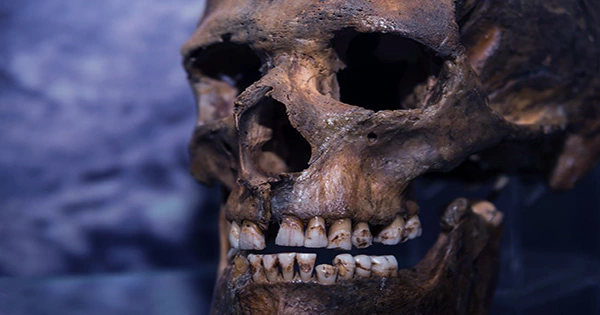Similar to an improved iPhone, the arrival of modern humans in Europe signaled a time when Homo sapiens and Homo neanderthalensis coexisted rather than the imminent extinction of the earlier species. While it’s hard to say for sure how long the two species coexisted, recent findings indicate that Neanderthals may have survived for another 2,800 years before going extinct.
Recent fossil finds suggest that the first anatomically modern humans may have lived in Europe as far ago as 54,000 years ago, nearly 14,000 years before the demise of Neanderthals. However, little is known about whether or how long the two hominid species coexisted in the same locations.
The authors of the study concentrated on France and northern Spain, the suspected locations of the last Neanderthals. Around 42,000 years ago, the so-called Châtelperronian assemblages made by Neanderthals were quickly supplanted by the Protoaurignacian material culture, which includes tools and bladelets mostly attributed to modern humans.
The researchers used 28 items from the Châtelperronian and 28 from the Protoaurignacian periods that they had excavated from 17 different archaeological sites in the area to conduct their investigation. The earliest and latest dates that Neanderthals and humans might have lived at each of these sites were then calculated using an optimal linear estimation modeling technique.
The Protoaurignacian culture—and subsequently modern humans—appeared in the region between 42,269 and 42,653 years ago, according to the findings, whereas the Châtelperronian culture vanished between 39,894 and 39,798 years ago.
The scientists then looked at 10 fossilized Neanderthals from France and Belgium that had radiocarbon dates, and they came to the conclusion that the species most likely became extinct there between 40,870 and 40,457 years ago. Overall, this indicates that modern humans and their prehistoric ancestors may have coexisted in western Europe for 1,400 to 2,800 years.
Although these results suggest that Homo sapiens and Homo neanderthalensis probably had a shorter-lived relationship than previously thought, the study authors acknowledge that it is impossible to know for sure how long humans and Neanderthals lived as neighbors because “we are unlikely to ever identify the “first” or “last” appearance of a species or cultural tradition in the archaeological and fossil record.”
The researchers come to the contrary conclusion: “These results strengthen the proposition that the first Upper Palaeolithic in this region likely comprised a time of co-existence between Neandertals and Homo sapiens.”
















